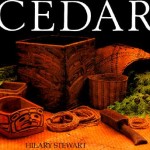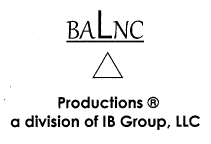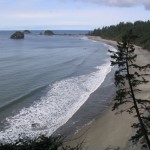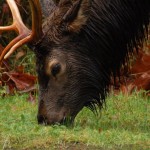Communal-culture, natural balance, harmony, reverence, and a perspective beyond self—these precepts define First Peoples. The present, securely built upon the foundation of an ancient oral history acting as both guide and record, is a manifestation of who they were and are. Simultaneously, First Peoples look back and within, seeking the true way forward.
The S’Klallam, Klallam, Makah, Quileute and Chimakum, Hoh, Queets and Quinault, Upper Chehalis, and Skokomish people answer the modern world’s questions, “from where and when,” with a simple truth: here and always. It’s difficult to learn and understand the perspective of one culture burdened by and using the tools of another. This is particularly true when that other cultural prism insists on contorting the view to its own self-defined perspectives.
First peoples’ presence and intimate connection to the land, what today we see as Olympic National Park and its surrounds, is an astounding display of spirituality, endless and diligent effort and supreme resourcefulness.  The plants and animals of the sea and the land provided sustenance, their reverence for this resource insured sustainability and their ingenuity met every need. Hillary Stewart’s book, Cedar: Tree of life to the Northwest Coast Indians makes this point clear.
The plants and animals of the sea and the land provided sustenance, their reverence for this resource insured sustainability and their ingenuity met every need. Hillary Stewart’s book, Cedar: Tree of life to the Northwest Coast Indians makes this point clear.
Click the following link to open and view a pdf file that identifies the medicinal benefits of plants known to First Peoples in the North Cascades region and here on the Olympic Peninsula: Medicinal Plants of the North Cascades.
A visit to the Makah Museum, on the Makah Nation in the Northwest corner of the Park, is an exciting excursion well worth the visitor’s time. Their website is an invaluable resource on First Peoples’ culture and resourcefulness.
A clash of cultures followed soon after the momentous day a Spanish sail topped the Horizon in the late 1500s. Initially, Europeans – followed by Americans of the same descent – probed and then flooded into this region, land of the First Peoples. The foreigner’s contorted cultural prism viewed the land as an endless extractable commercial resource to which they immediately began to lay claim. Most of the rest is the usual history, force makes right. By the mid to late 1800s all the Tribes had signed treaties with the United States, which recognized them as Sovereign Nations and reserved for them their right to “hunt, fish and gather in their usual and accustomed places” forever.
Ironically, while nothing can reverse the damage, it was the right First Peoples reserved for themselves that, in the last half century, has caused the courts to side with the Tribes to uphold their Treaty Rights. This has stemmed a destructive tide, carried on by the forces of cultural arrogance, greed and entitlement. First Peoples now have a seat at the table and in the court room. Thank them for the work they do and will continue to do to preserve both life and land.
The following sites allow each tribe to tell you their story:
- Lower Elwha Klallam Tribe
- Jamestown S’Klallam Tribe
- Port Gamble S’Klallam Tribe
- Skokomish Indian Tribe
- The Chehalis Tribe
- Quinault Indian Nation
- Hoh Tribe
- Quileute Nation
- The Makah Tribe
Related sites:
- Discover your Northwest books: “Wild Berries of the Northwest” and ” Edible and Medicinal Plants of the West”
- Indian Treaties
- Food and Medicinal Plants used by the Indians of British Columbia (published in 1919)



